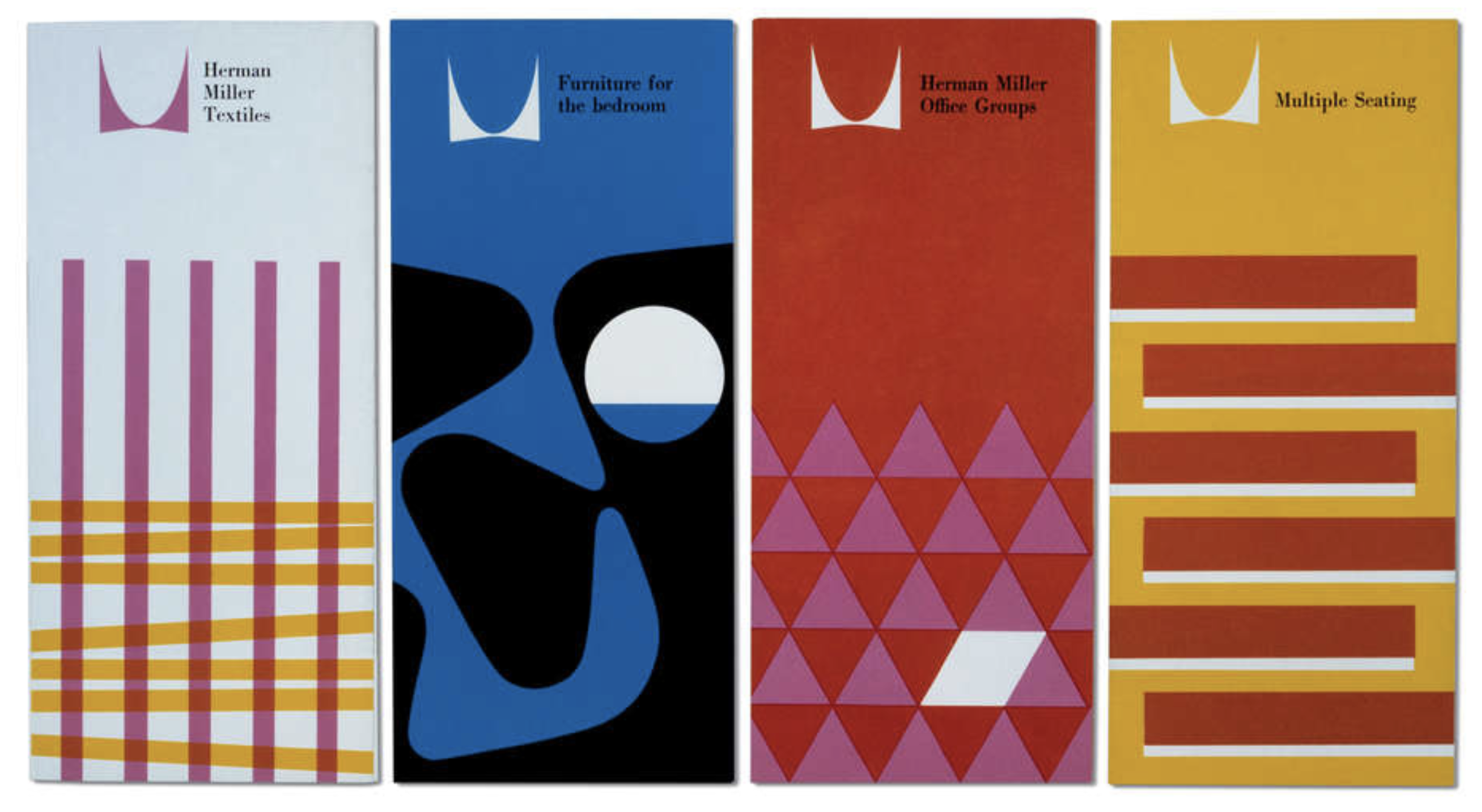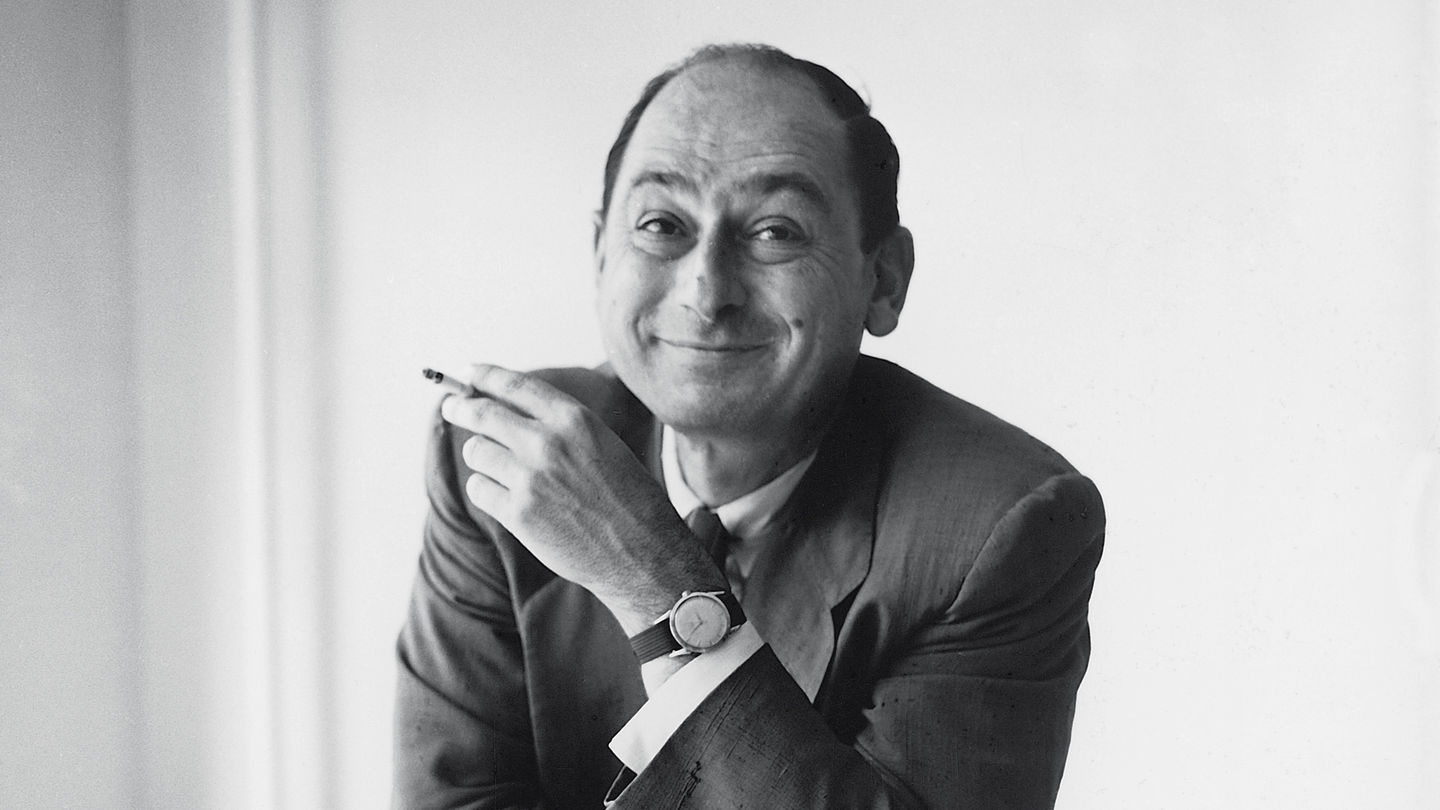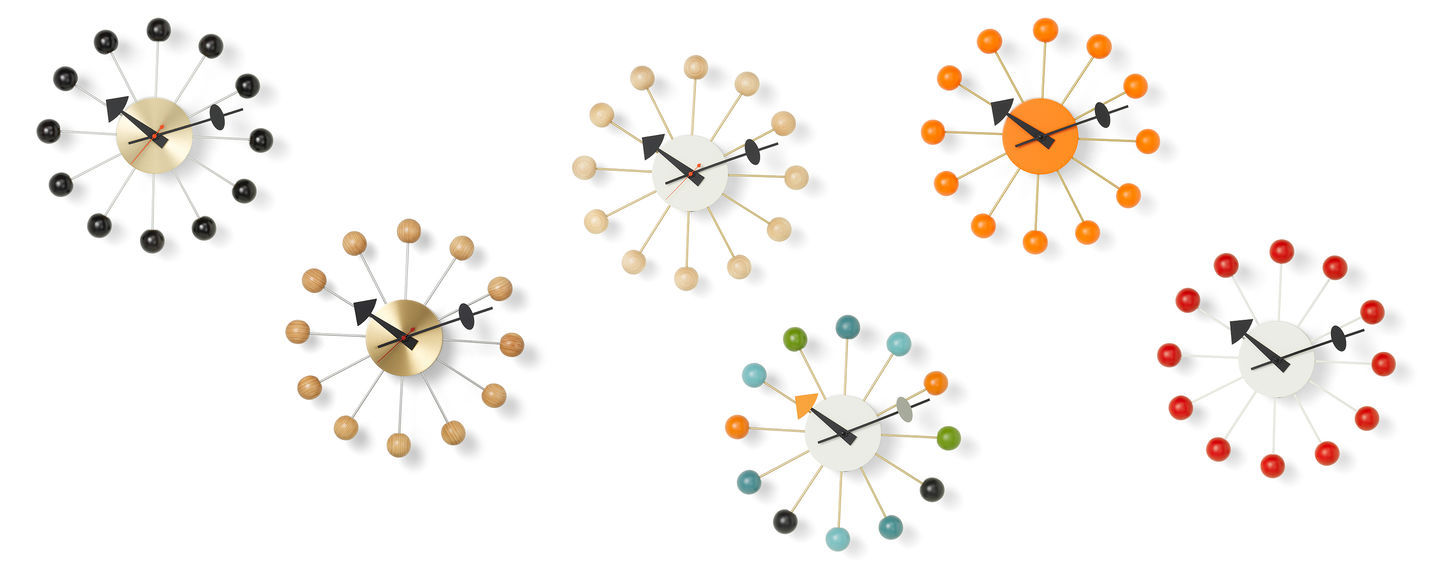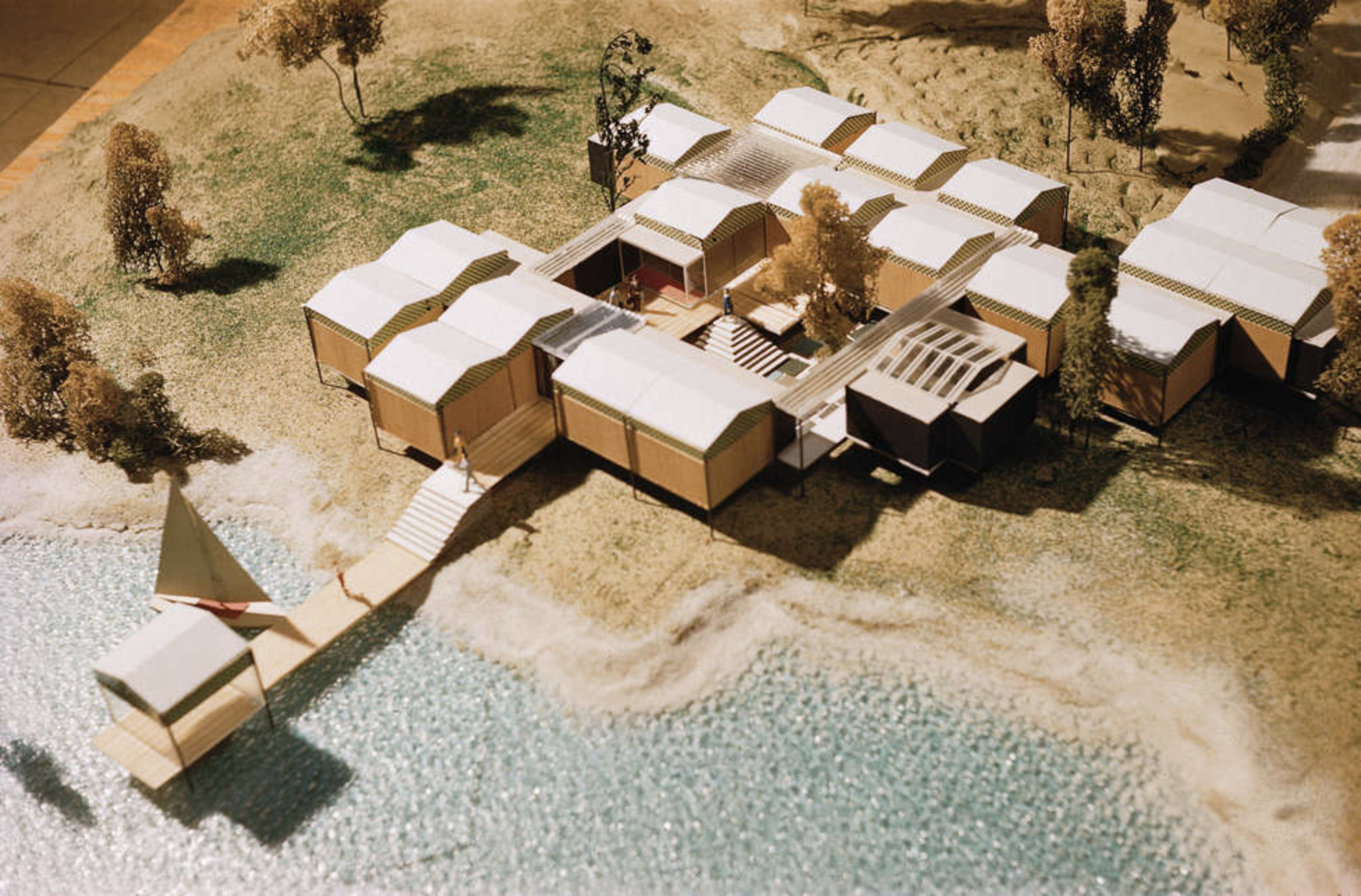Designer of the Month : George Nelson
It was a chance happening involving a rainstorm and a student exhibition that inspired George Nelson to study architecture. Seeking shelter from the weather, he found himself in the doorway of Yale’s architecture school, and was distracted by the student work on display. Years later, after his graduation from Yale in 1928, he won a fellowship to study at the American Academy in Rome, and left for Europe in 1932. From interviews with leading designers such as Le Corbusier, Mies van der Rohe, Walter Gropius and Gio Ponti, Nelson created twelve portrait articles that were published in the magazine Pencil Points. With this series, his aim was to ensure that European modernism was introduced to America in an accessible way. He had succeeded - and in the process, earned himself a reputation in the world of design.
"Design is a process: one starts with a need, a problem, and ends up with a design for a thing"
- George Nelson

Working as an associate editor at Architectural Forum from 1935, George Nelson had chance to study architectural and design theory as part of his work. He would stay employed as an editor there until 1944 (during which time he set up a short-lived architecture firm that closed at the outbreak of war), when he joined Herman Miller, Inc. as its Design Director, remaining there until his retirement. Over this time, George Nelson became a key figure in American design, creating furnishings for the home and office. Items such as the Ball Clock, Coconut Chair and Nelson Bench became ubiquitous, and to this day are associated with mid-century modernism.
In 1941, Nelson’s designs for the Sherman Fairchild House were realised. Built specifically for inventor and industrialist Sherman Fairchild, it was a modernist townhouse with a minimalist façade and pioneering floor plan - centred on a courtyard. However his central architectural project was Experimental House (1951-1957). This prefabricated home would be expandable through additional modules, and built on stilts to provide elevation. Although the project was never realised, it was influential in its own right – demonstrating the innovative approach to design that George Nelson took throughout his career.
No other prominent designer spoke as intelligently or wrote as coherently about design.
- Rolf Fehlbaum (Member of the Board of Directors of Vitra)
Nelson was an articulate and concise writer who penned a number of books throughout his career. How To See was perhaps the most influential. In it, he described how it is possible to learn to read images, just as we can read words. Originally published in 1977, the book was recently rereleased by Phaidon and remains as relevant as it ever was. After his death in 1986, his estate was given to the custody of the Vitra Design Museum. It includes 7400 items: manuscripts, plans, drawings and slides, covering the whole course of his career.
Shop George Nelson designs.
See how Oliver Hooson styles his Nelson Bench.
Time for more? The Story of Nanna Ditzel | Designer of the Month : Alvar Aalto | The Eames Lounge Chair
-
Designer ProfilesIn conversation with Tom ChungRead More
Tom Chung's design practice blends simplicity, functionality, and context, creating adaptable objects that reflect how people engage with their surroundings. Recently, Muuto introduced a larger version of his Beam Table Lamp, giving it an even bolder presence. Muuto sat down...
-
Designer ProfilesIntercontinental Polymath; The Life And Work Of Isamu NoguchiRead More
One of the most acclaimed sculptors and product designers of the 20th century, Isamu Noguchi was one of the most formidable figures in design in the years following the Second World War. A sculptor by trade, Isamu Noguchi was born...




